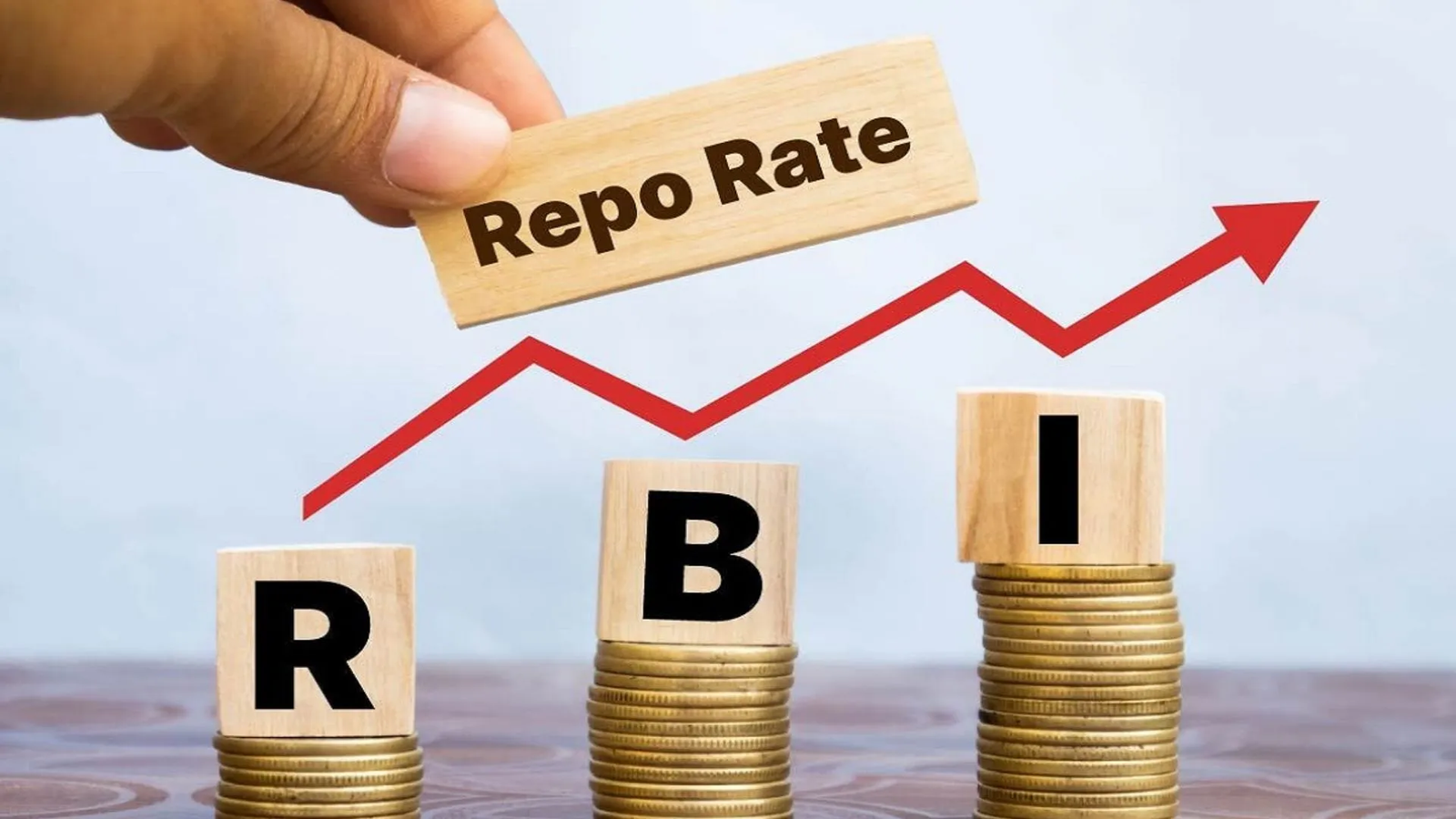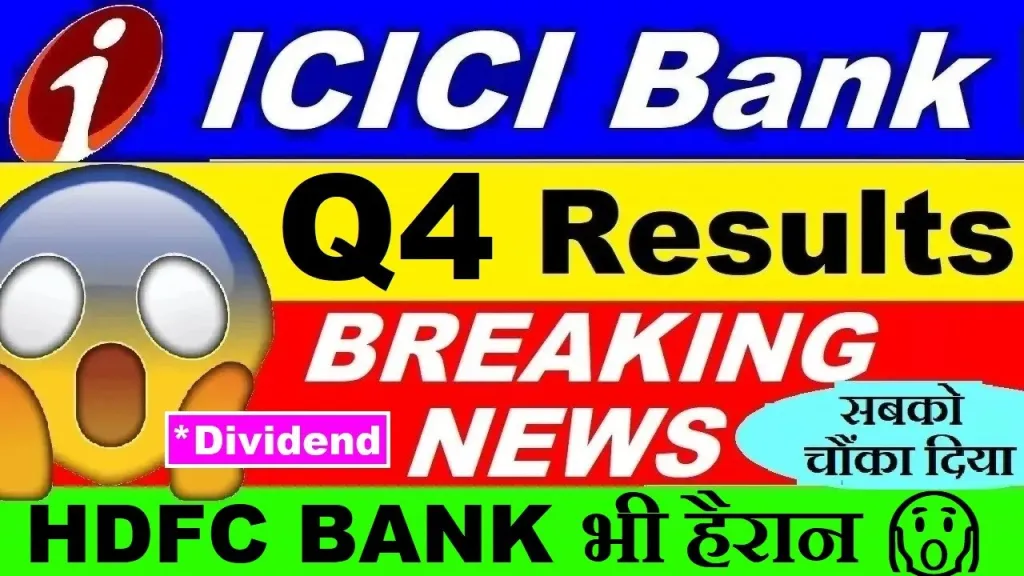Introduction: A Turning Point in Monetary Policy
So, here we are again — the Reserve Bank of India (RBI) has just trimmed the repo rate by 25 basis points, bringing it down to 6%. This isn't just another routine announcement. It marks the second straight cut in 2025 and signals a bigger shift in how the RBI plans to handle a slowing global economy, stubborn inflation trends, and yes — the growing shadow of tariff tensions, especially with the U.S. eyeing more aggressive trade barriers under Donald Trump's leadership.
Let’s break it down. What does this mean for India’s economy? Is the central bank’s move enough? And more importantly, what lies ahead in 2025 and beyond?
What Is the Repo Rate — And Why Should You Care?
Before we dive into the deep end, let’s clear one thing up: what exactly is the repo rate?
Think of it as the interest rate at which the RBI lends money to commercial banks. When this rate drops, borrowing becomes cheaper — for banks, businesses, and eventually, for people like you and me (especially if you have a home loan or business loan). Lower repo rates often aim to stimulate economic growth, especially during tough times.
So, when the RBI slashes this rate, it’s trying to push more money into the system and rev up the economic engine.
April 9: Another Cut in the Books
On April 9, 2025, the RBI’s six-member Monetary Policy Committee (MPC) unanimously agreed to slice the repo rate by 25 basis points. That may not sound like much, but it’s the second time this year the central bank has made such a move.
What’s more telling is the shift in stance — from "neutral" to "accommodative." That’s a polite central bank way of saying, “We’re ready to cut more if needed.”
This shift isn’t out of the blue. Global headwinds — from rising trade tensions and shaky global markets to the U.S. potentially reinstating harsh tariffs under Trump — have made central banks nervous. India is no exception.
Inflation Softens, Growth Forecast Dips
Now here’s the twist: inflation has been cooling down, giving the RBI some breathing room.
The central bank’s inflation forecast for FY26 is now 4%, down from 4.2% earlier. That’s good news — less pressure from rising prices means there’s more room to maneuver.
But it’s not all sunshine. The RBI trimmed its GDP growth projection from 6.8% to 6.5%, citing geopolitical tensions and possible trade disruptions. Ominously, there's a growing risk that retaliatory tariffs could shave 0.2–0.3% off the GDP — not insignificant for an economy of India’s size.
Experts Weigh In: More Cuts Coming?
Leading economists believe that April’s repo rate cut is just the beginning.
Madhavi Arora, Chief Economist at Emkay Global, said, “The RBI is clearly leaving room to respond later. A 25 bps cut in June looks likely. Maybe even 50 more bps after that depending on how the global slowdown plays out.”
That’s a potential total of 75 bps in repo rate cuts this year — a big deal.
Arora also mentioned that if things get worse, the RBI might bring out the big guns — unconventional tools like easing lending norms and tweaking daily CRR requirements to keep liquidity flowing.
An Accommodative Stance: Reading Between the Lines
What does an "accommodative" stance really mean? It's more than a label. It’s the RBI saying, “We're on your side, economy. We’ve got your back.”
This shift gives the central bank flexibility to act fast — almost like having a "break-glass-in-case-of-emergency" strategy. If trade tensions spike or global growth takes a hit, the RBI can react quickly.
That’s critical, especially when the U.S. (under Trump 2.0?) is threatening tariff hikes that could rattle supply chains and trade-dependent sectors.
Tariffs, Trade Wars & Trump's Return: Should India Be Worried?
Let's not beat around the bush — if Trump escalates trade wars again, emerging economies like India are going to feel the heat.
Rajani Sinha, Chief Economist at CareEdge Ratings, isn’t mincing words. She believes India could lose 0.2–0.3% of GDP directly from retaliatory tariffs. The indirect hit? Possibly bigger — slower exports, costlier imports, and global investor jitters.
And yes, that puts even more pressure on the RBI to act.
She expects the repo rate could be slashed by another 50 basis points in FY26 — maybe more if things really go south.
The Long View: Is the Indian Economy Still on Track?
Despite all the noise, there’s cautious optimism.
Divam Sharma, CEO of Green Portfolio, says the long-term story is still strong. Lower interest rates, improving domestic demand, and new trade agreements could cushion some of the shocks.
He’s got a point. India’s consumption engine is still running. The middle class is spending. And tech-driven exports are on the rise. So, while the boat might rock in the short term, it’s not sinking.
Plus, a low-inflation environment gives the RBI room to play with. That’s why Sharma believes we could see another one or two cuts this year.
Room for Up to 100 bps Cut in FY26?
Manoranjan Sharma from Infomerics Ratings takes things a step further. He believes there’s potential for a total of 75–100 basis points in repo rate cuts in FY26.
That’s huge. It means we could be heading toward a historically low-interest environment — a boon for borrowers, real estate, and small businesses.
“The back-to-back cuts show that the RBI is serious about propping up growth,” Sharma said. And with inflation not being a monster right now, there's space to go deeper.

What About Home Loans and EMIs?
Here’s the part most of us actually care about: What does this mean for your EMI?
Well, the math’s simple. When the repo rate drops, home loan interest rates usually follow. That means your monthly payments could shrink — maybe not dramatically, but enough to make a difference over time.
If you're planning to take a home loan or refinance an existing one, now might be a good time to act before rates rise again (because let’s be real, they always bounce back).
Challenges Ahead: It’s Not All Smooth Sailing
Let’s not get carried away, though. The RBI is walking a tightrope here.
Yes, inflation is tame for now. But one oil shock, one currency tumble, or one bad monsoon, and things could flip. Plus, cutting rates too aggressively might spark asset bubbles — especially in stock and real estate markets.
Then there’s the big geopolitical wildcard. If U.S.-China tensions escalate or if Trump follows through with aggressive tariffs, global trade could take a beating. India, despite all its strengths, isn’t immune.
Conclusion: Is the RBI Doing Enough?
So, is the RBI’s move the magic bullet? Not quite — but it’s definitely a step in the right direction.
The April repo rate cut, coupled with the central bank's accommodative stance, shows a willingness to adapt and respond. More importantly, it sends a message: India’s monetary policy is alive, alert, and ready to pivot if things go sideways.
The road ahead is uncertain. There are bound to be bumps. But with careful moves and clear communication, the RBI might just steer the economy through the storm.
Explore other popular Posts:
Blog | News | Entertainment | Education | Sports |
Technology | Cryptocurrency | Stock | Home | Sitemap





